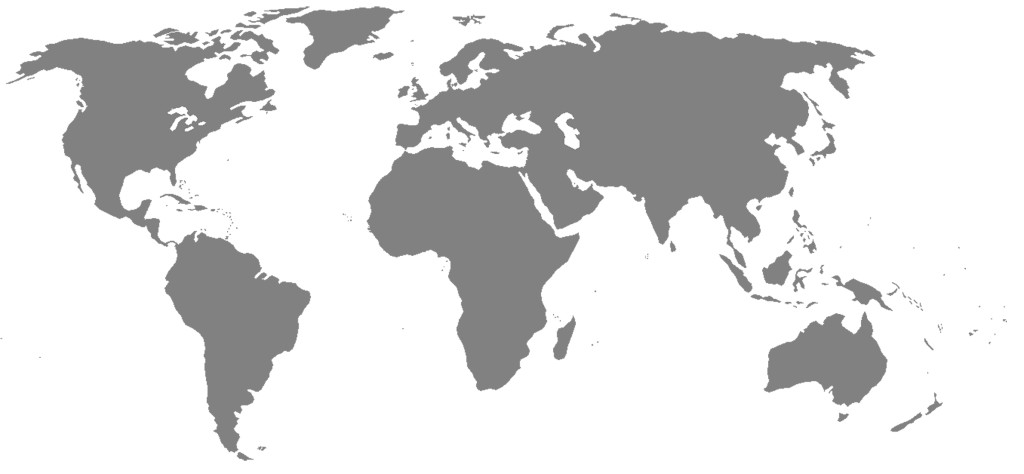Week Beginning Monday 1st February 2016
Posted by Anderson Grain Marketing on Feb 1, 2016 in AGM News | 0 comments
The London LIFFE wheat future for March 2016 closed at £108.10/T on Friday evening (29th January) – £2.20/T lower than the week previous. In opening trade this morning the future is valued a further £0.30/T at £107.80/T.
Feed wheat for February collection is this morning bid at £104.00/T ex-farm with March collection offered at £105.00/T ex-farm.
Rumours would suggest that Hull’s bio-ethanol plant, Vivergo, is now fully up and running after a 7 week maintenance period and intake will commence on Wednesday. The news has done little to rally short-term grain values but if the home continues to require intake at full capacity we are hopeful that this should at least keep values buoyant in the longer term.
As for new crop values, the London LIFFE wheat future for November 2016 closed at £120.95/T on Friday evening – £0.45/T lower than the week previous. In opening trade this morning, the future is bid a further £0.95/T lower at £120.00/T. Consequently, £115.00/T ex-farm currently looks like a realistic offer for September collection. For those of you looking to make a start selling new crop feed wheat at £120.00/T ex-farm, collection is for January 2017.
The European Commission have this week raised their estimate for soft wheat exports this season to 29.1 million tonnes. This is 1.2 million tonnes higher than their initial estimate back in September, but is still 4 million tonnes behind last year’s record soft wheat export figure of 33.1 million tonnes. At least we are seeing a slight step in the right direction – perhaps European exports will gather pace over the next couple of months?
They also added however that soft wheat ending stocks will be in the region 16 million tonnes – this highest figure since 2009 and a 5 million tonne increase on last year’s soft wheat ending stock figure.
News of potential changes to Russia’s grain export policies has added volatility to both old and new crop markets this week. Initial rumours on Monday suggested that Russia’s Agricultural Ministry was considering tightening grain export limits. However, on Wednesday, the Russian Agricultural Minister announced that Russia is “considering a cut or removal of state wheat exports” but may continue to impose duties on barley and maize exports.
As excellently explained by AHDB (please see their website for more on this), Russia’s wheat export tax is currently calculated depending on currency exchange rates and local ex-dock values.
So far this season (1st July – 20th January), total grain shipments from Russia are 21.3 million tonnes – 3% lower year on year. 16 million tonnes worth of this figure is wheat, putting exports ahead of the USDA’s current forecast for this stage of the season. So why are Russia considering a “cut or removal” of state wheat exports?
Any further changes could have serious implications for both US and EU trade – we should therefore expect further market uncertainty until further confirmation is received.
Meanwhile, United oilseeds have this morning described the current market conditions as “nervous” due to general stock market instability and the volatile nature of crude oil values. However, they have reminded that soybeans are holding well considering the strong dollar, Chinese uncertainty and the impending arrival of this season’s record Brazilian soybean crop. Dry weather has been causing concern over the last couple of weeks but the majority of these issues are confined to the Northern region.
However, according to agrimoney.com, Mato Grosso, a northern state which ‘typically accounts for 30% of Brazilian soybean output and is more than three and a half times the size of the UK, has also received lower than normal rainfall levels. Harvesting is currently underway here – this will be one to watch as output progresses.
Regardless, a record breaking crop in the region of 100 million tonnes should be expected from Brazil this season.
